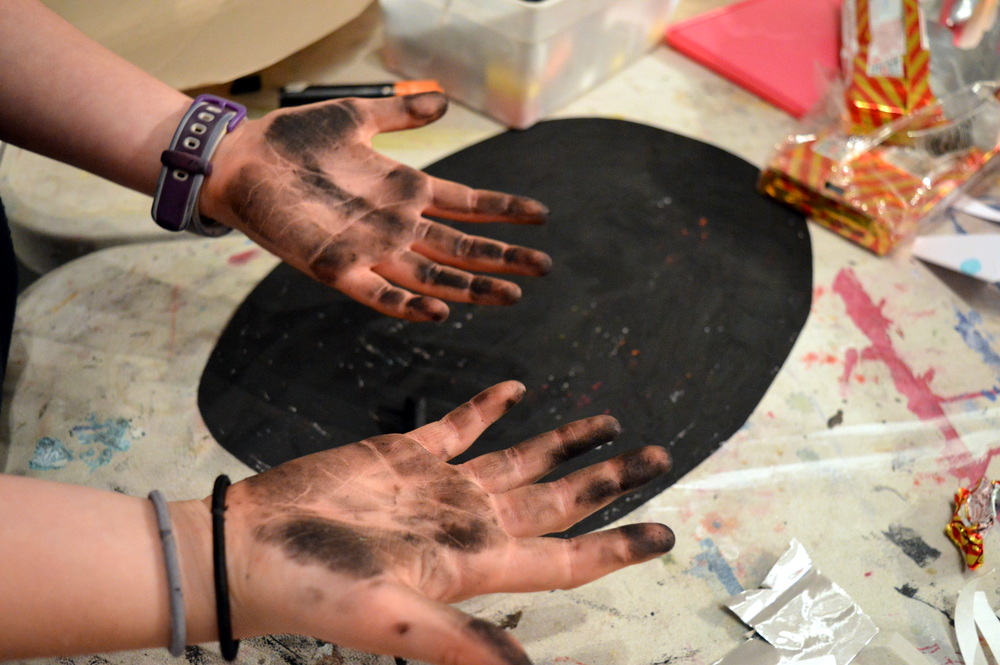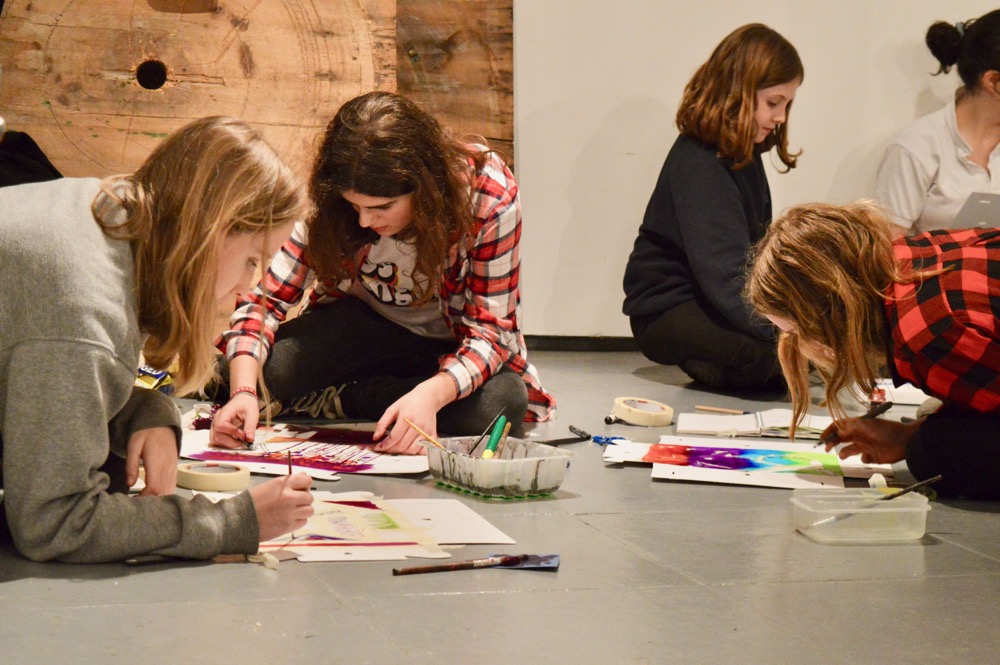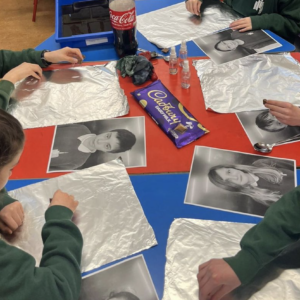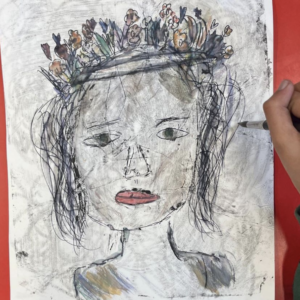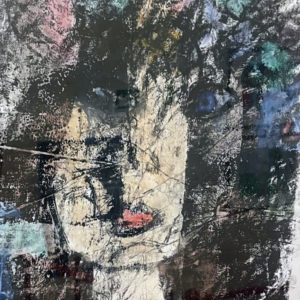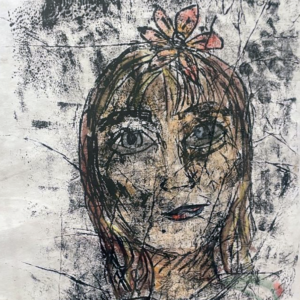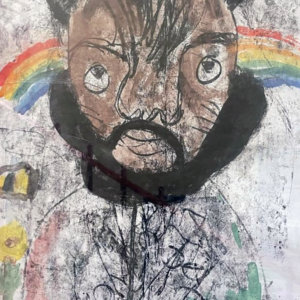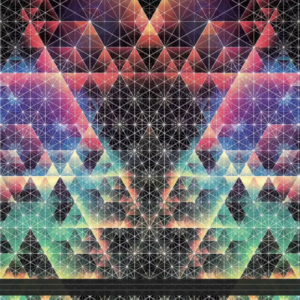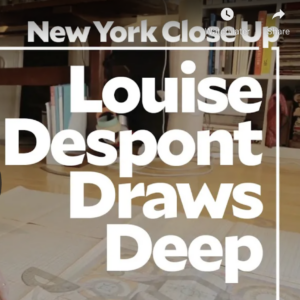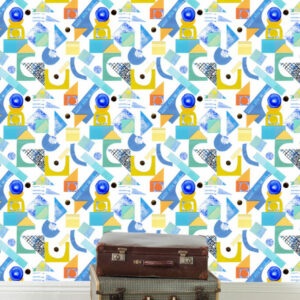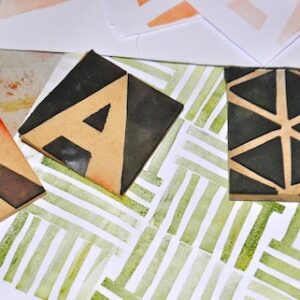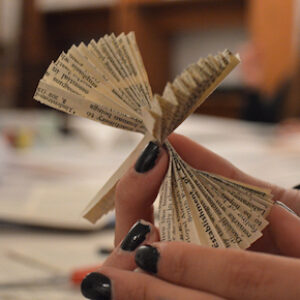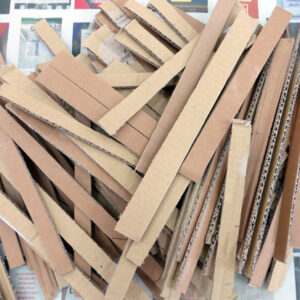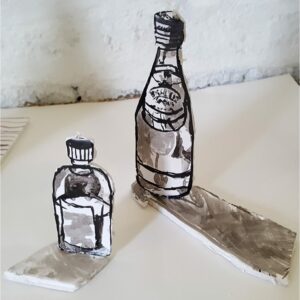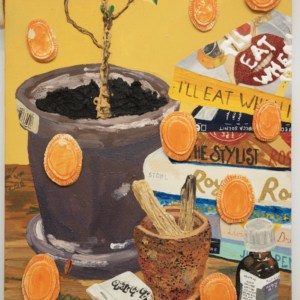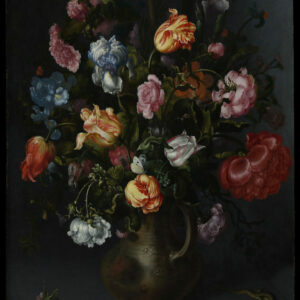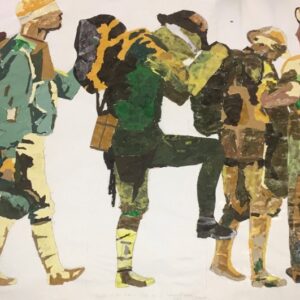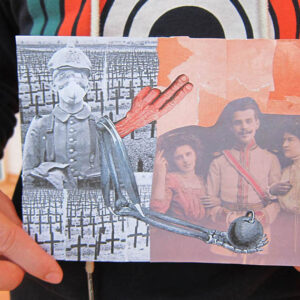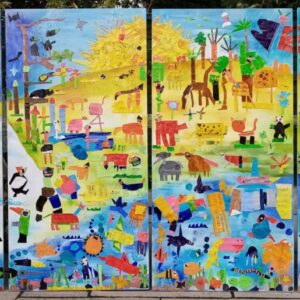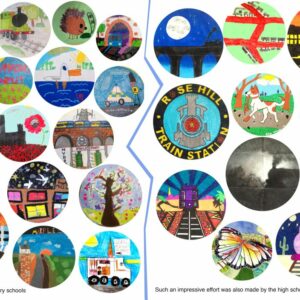In this post printmaker Scarlett shows us in depth how she creates prints using Linocut and Lithography. From cutting away at Lino and setting lines in acid, to using different types of print presses, Scarlett demonstrates the steps she takes to create her work. This post would be of interest to teenagers looking to find out more about printmaking processes.
The full video is available to full members below.
To access all content, I would like to join as…
AccessArt is a UK Charity and we believe everyone has the right to be creative. AccessArt provides inspiration to help us all reach our creative potential.
